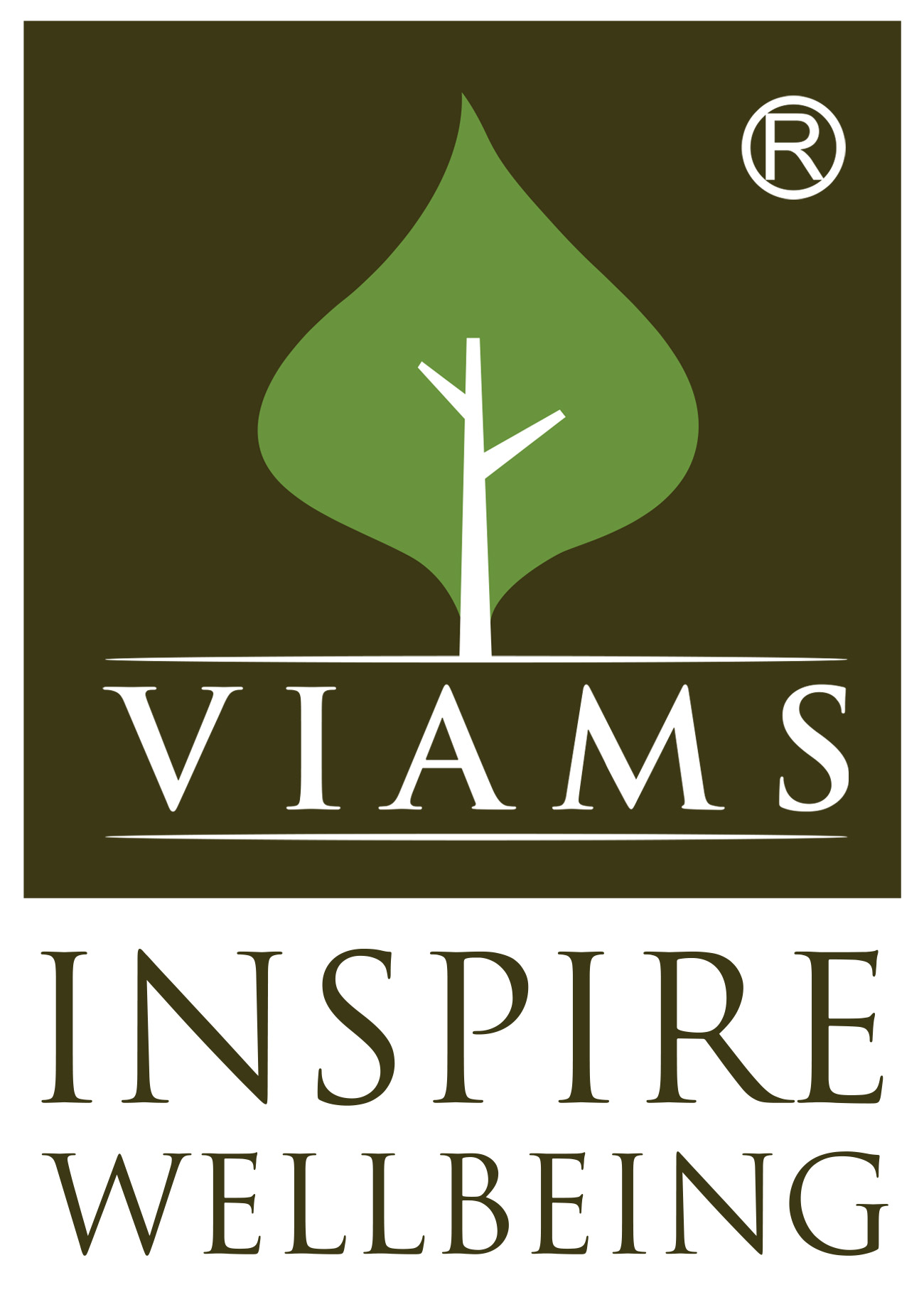Acne Vulgaris
Acne Vulgaris, commonly known as acne, is a skin condition that occurs when hair follicles become clogged with oil (sebum) and dead skin cells. This leads to the formation of pimples, blackheads, whiteheads, and in severe cases, cysts or nodules. Acne typically affects teenagers due to hormonal changes, but it can persist into adulthood. The condition often impacts the face, neck, chest, back, and shoulders, and can leave scars if not treated properly.
Modern Aspects of Acne Vulgaris:
In modern dermatology, acne is primarily linked to four key factors:
- Excess oil production: Increased sebum production blocks the hair follicles.
- Dead skin cells: These cells can accumulate and mix with oil, causing clogged pores.
- Bacteria: The bacteria Propionibacterium acnes can thrive in clogged pores, leading to inflammation.
- Hormonal imbalances: Hormones, particularly androgens, stimulate the sebaceous glands to produce more oil, which is why acne is common during puberty and hormonal shifts.
Treatments in modern medicine include:
Topical treatments: Such as retinoids, benzoyl peroxide, and antibiotics to reduce inflammation and bacteria.
Oral medications: Including antibiotics, hormonal treatments (for women), and isotretinoin for severe acne.
Cleansers and moisturizers: Specifically designed to control oil production without causing dryness.
Types of Acne:
- Comedonal Acne: Includes whiteheads and blackheads caused by clogged pores.
- Inflammatory Acne: Papules and pustules are red, swollen lesions.
- Nodulocystic Acne: Large, painful lumps under the skin, often causing scarring.
- Hormonal Acne: Fluctuations in hormones can lead to cyclical breakouts, particularly around the jawline and chin in women.
Ayurvedic Perspective on Acne Vulgaris
In Ayurveda, acne is referred to as Yauvan Pidika and is associated with an imbalance in the Pitta dosha. Pitta governs heat and metabolism in the body, and an excess of this dosha, combined with toxins (ama) and imbalanced Kapha (which controls moisture), leads to acne. The aggravation of Pitta increases sebum production, clogs pores, and results in inflammation.
Ayurvedic treatment focuses on pacifying Pitta, detoxifying the body, and improving digestion to prevent the accumulation of toxins.
Effectiveness of Ayurvedic Treatment for Acne Vulgaris
Ayurvedic treatment for acne is holistic, aiming to balance the doshas, purify the blood, and support skin healing. Key treatments include:
- Panchakarma Detoxification: Detox therapies like Virechana (purgation) are used to eliminate toxins and excess Pitta from the body, restoring balance.
- Herbal Formulations: Ayurvedic herbs like Neem, Turmeric, Manjistha, and Aloe Vera are prescribed for their anti-inflammatory, antimicrobial, and blood-purifying properties.
- External Therapies: Herbal pastes (lepas) and medicated oils are applied to reduce inflammation, clear blockages, and promote healing.
- Rasayana Therapy: Rejuvenation treatments help in maintaining skin health and preventing future breakouts.
Benefits of Integrated Treatment at VIAMS
At VIAMS, we adopt a unique integrated approach that combines the best of Ayurveda and modern dermatology to treat acne holistically. Our protocol includes:
- Ayurvedic therapies and medicines: To address the root cause of acne by balancing the doshas and purifying the blood.
- Personalized treatment plans: Tailored to the individual’s skin type, dosha imbalance, and lifestyle factors.
- Modern skin care practices: Including the use of non-comedogenic moisturizers and cleansers that support healthy skin.
- Physiotherapy and Counseling: To manage stress, which can exacerbate acne, ensuring mental and emotional well-being.
Our integrated approach at VIAMS not only treats the current acne but also works on preventing scarring and future breakouts, providing long-term skin health and confidence.
Importance of Diet in Managing Acne
In Ayurveda, diet is crucial in managing acne as it directly affects Pitta and Kapha doshas. A Pitta-pacifying diet helps to cool the body, reduce inflammation, and support the skin’s natural healing process.
At VIAMS, we recommend the following dietary guidelines for acne management:
- Cooling foods: Incorporate fresh fruits (like pomegranates and melons), green leafy vegetables, and coconut water to reduce excess heat in the body.
- Avoiding Pitta-aggravating foods: Such as spicy, fried, and oily foods, as well as excessive salt, which can lead to breakouts.
- Hydration: Drinking plenty of water and herbal teas to help flush toxins out of the body and maintain skin moisture.
- Anti-inflammatory herbs and spices: Including turmeric, coriander, and cumin in your meals can help reduce inflammation and clear the skin.
A healthy, balanced diet not only supports the skin from within but also enhances the effectiveness of Ayurvedic treatments, leading to clearer, healthier skin.
Our Uniqueness
- Tailor-made medicines from our own Pharmacy
- Integration of Allied Healthcare Techniques
- Experienced Doctors & Therapists
- Three Stages of Treatment with Assessment
- Continuous Online Support 24 X 7
